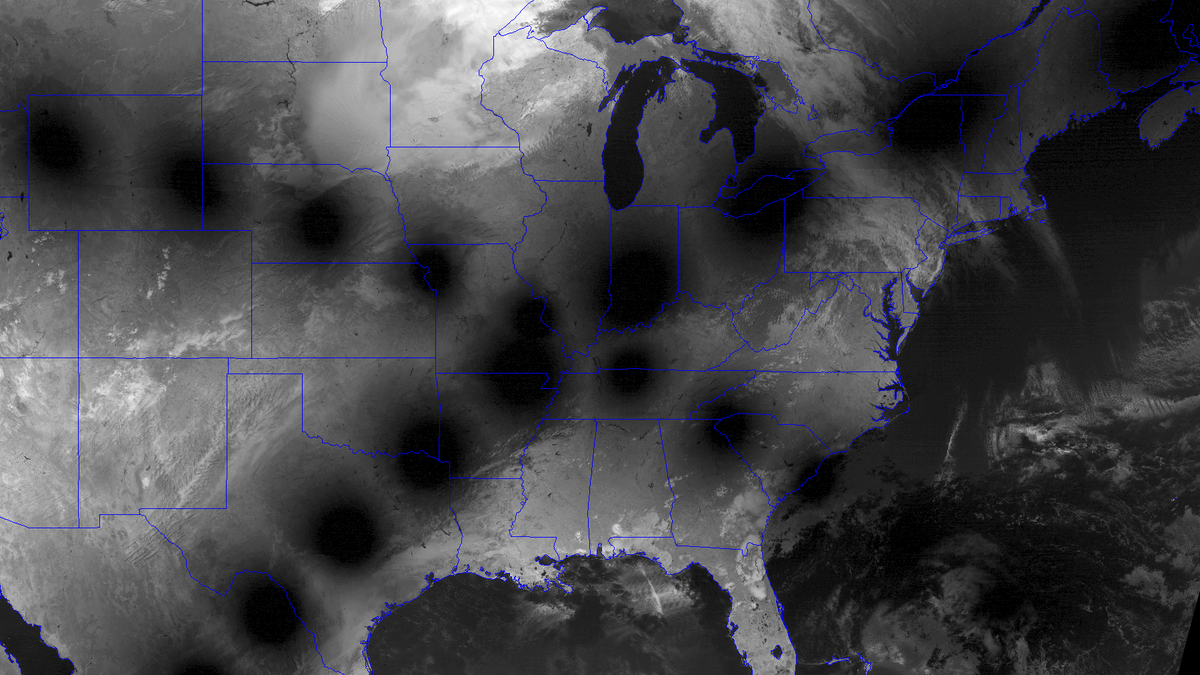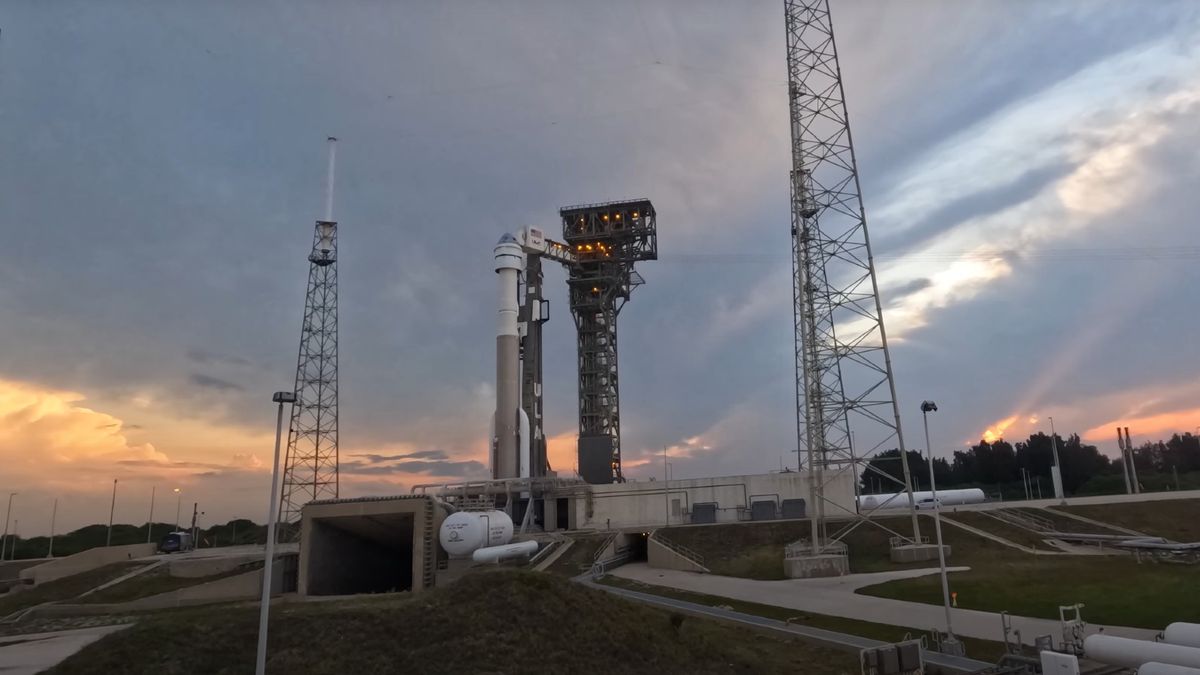Comparison of Transcontinental Total Solar Eclipses in North America
Two transcontinental total solar eclipses have graced North America in recent years, providing a captivating spectacle that has been documented by the National Oceanic and Atmospheric Administration’s (NOAA) GOES-16 satellite. These celestial events, occurring in 2017 and 2024, showcased the awe-inspiring phenomenon of the moon completely blocking the sun’s rays, casting shadows across different regions of the continent.
Solar Eclipses Paths
In 2017, the total solar eclipse journeyed from the northwest to the southeast of the United States, spanning from Oregon to South Carolina. This marked the first time in almost a century that a total solar eclipse had crossed 14 U.S. states from coast to coast. In contrast, the total solar eclipse on April 8, 2024, followed a path from the Pacific to the Atlantic, moving in a southwest to northeast direction.
The size and trajectory of the moon’s shadow differed significantly between the two eclipses, as highlighted by the satellite images captured by NOAA’s GOES-16 satellite. These images were taken at 5- to 10-minute intervals, providing a detailed record of the moon’s shadow as it traversed across the Earth during the periods of totality.
Overlaying images from both eclipses allows for a striking visual comparison of the paths of totality and the variations in the size, duration, and darkness of the moon’s shadow. Viewers can toggle between composite photos to observe the differences in the shadow’s impact on different locations along the eclipse paths.
Differences Between 2017 and 2024 Eclipses
The total solar eclipse in 2017 was visible within a narrow corridor that stretched across 14 U.S. states. In contrast, the 2024 eclipse traversed a path that included portions of Mexico, the U.S., and culminated in southeastern Canada. The 2024 eclipse also boasted a longer totality duration of up to 4 minutes and 28 seconds, compared to 2 minutes and 40 seconds in 2017.
Moreover, the width of the path of totality differed significantly between the two eclipses, with the 2024 eclipse spanning 115 miles compared to 70 miles in 2017. This variation can be attributed to the sun nearing solar maximum later in the year, causing distinct differences in the characteristics of the eclipses.
As the celestial ballet of eclipses continues to unfold in the skies above, astronomers, scientists, and skywatchers alike eagerly await the next cosmic spectacle that will captivate audiences and shed light on the mysteries of our celestial neighbors.
Image/Photo credit: source url





